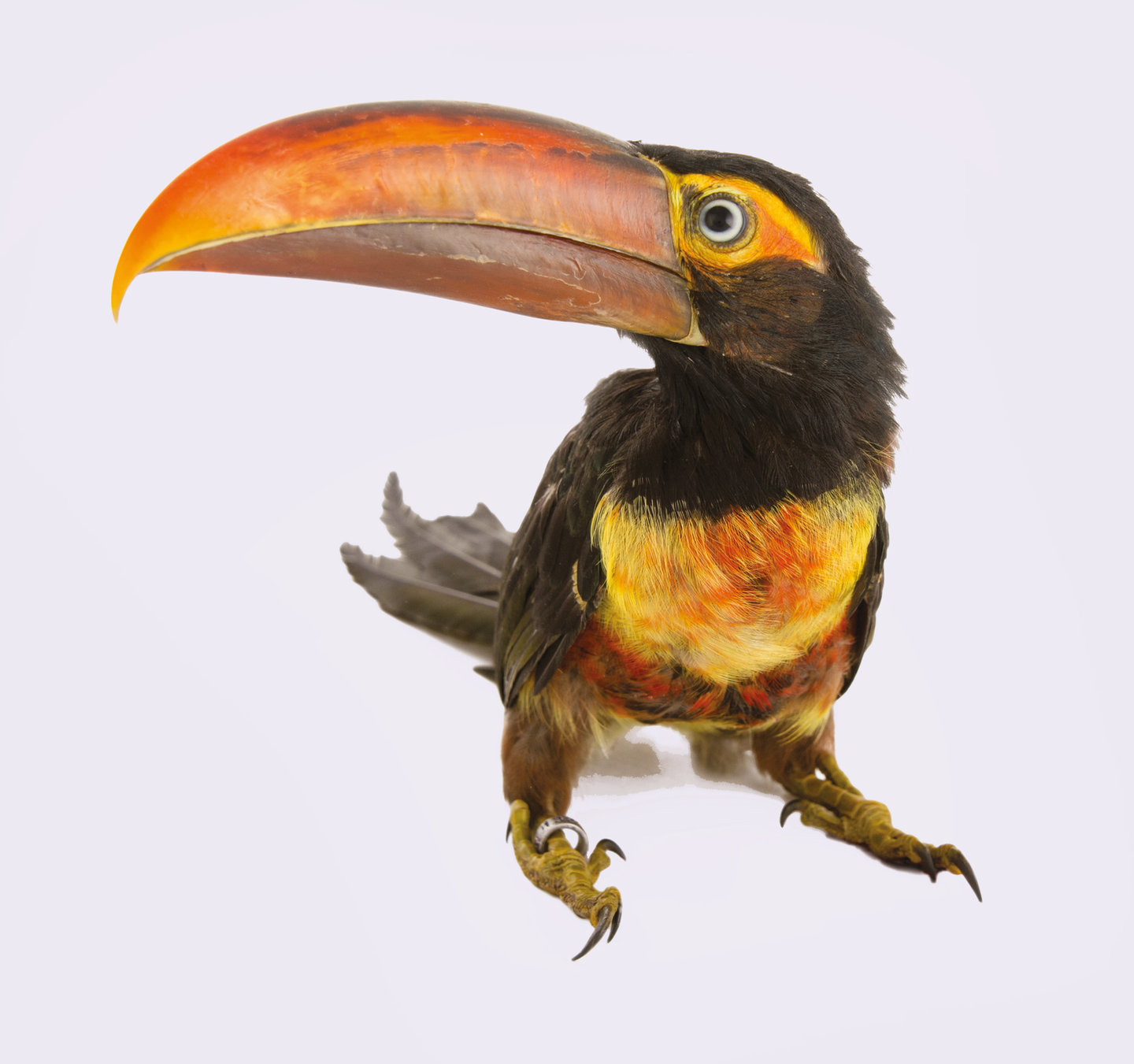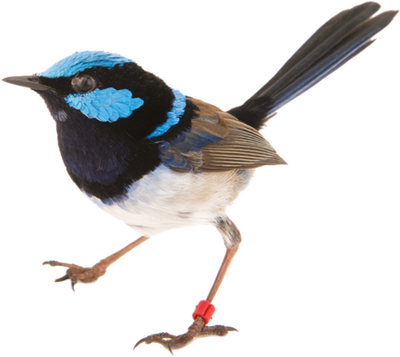
fierybilledaracari
Birdbeaksareoftensuitedforbirddiets.Thefierybilledaracari’sbeakisrazor-sharptosliceopenfruit.
TailoredtotheTask
Howdobirdssurviveinsomanyhabitats?Theworld’s10,000orsobirdspeciesaredifferentshapesandsizes.OstrichesinAfricacanbe2.7meters(ninefeet)tall.InCuba,thebeehummingbirdcanfitinthepalmofyourhandwithroomtospare.
Birdbillscanbemassive,likethetoucan’s,orsmall,liketheweebill’s.
Somebirdsarefullofcolor,likethepaintedbuntinginTexas.Otherscomeinvariousshadesofbrown.

superbparrot
DelightfullyDifferent
Theybehaveindifferentways,too.Someareverysocial.Othersarenot.Flamingosgatherinflocksofmillions.Parakeetsbuildentireparakeetcitiesoutofsticksintrees.Dipperswalkaloneandunderwater.Awanderingalbatrossmayglide16,000kilometers(10,000miles)inasinglejourney,awayfromanyotheralbatrosses.
I’vemetfriendlybirds,liketheNewZealandfantailthatoncefollowedmedown a trail.AndI’vemetmeanones,likethecaracarainChile.ItswoopeddownandtriedtoknockmyheadoffwhenIstaredatittoolong.
Arushbirdcanspenditsentirelifebesideatinypond.AceruleanwarblermaymigratetoPeru.ItthencanfinditswaybacktothetreeinNewJerseywhereitnestedtheyearbefore.
2018
THEYEAR
OFTHEBIRD

superbfairywren
In1918,theU.S.CongresspassedtheMigratoryBirdTreatyActtoprotectbirds.It’soneoftheoldestwildlifeprotectionlaws.Inthehundredyearssincethislawpassed,millionsofbirdshavebeenprotected.